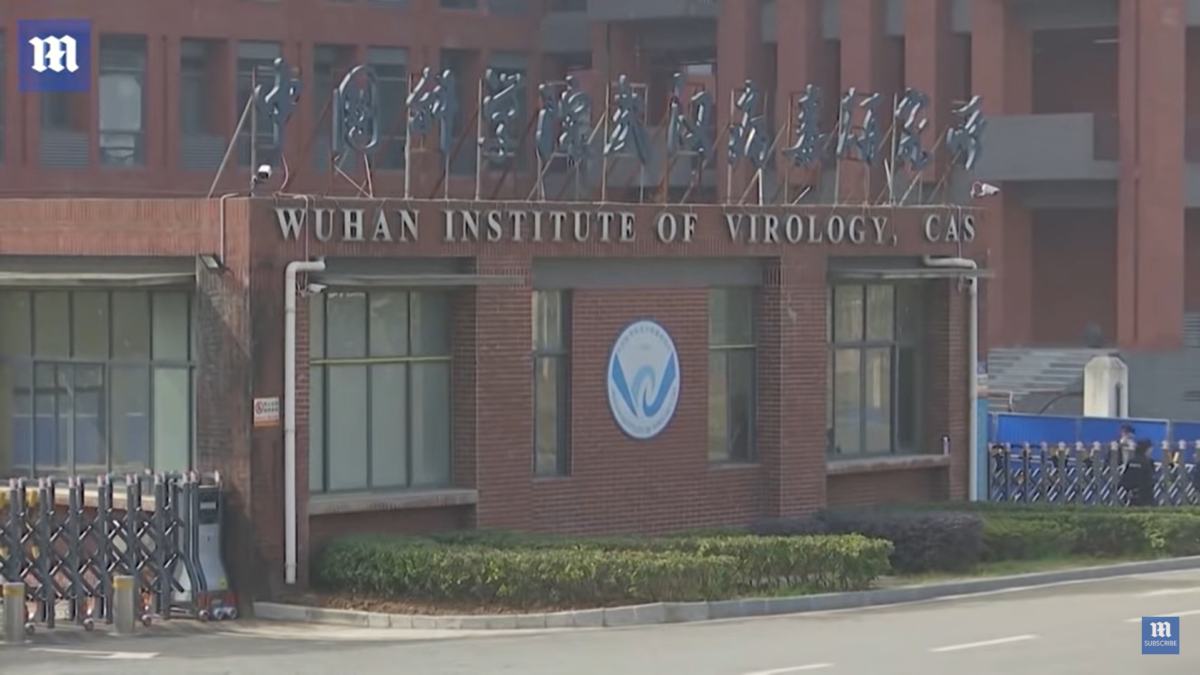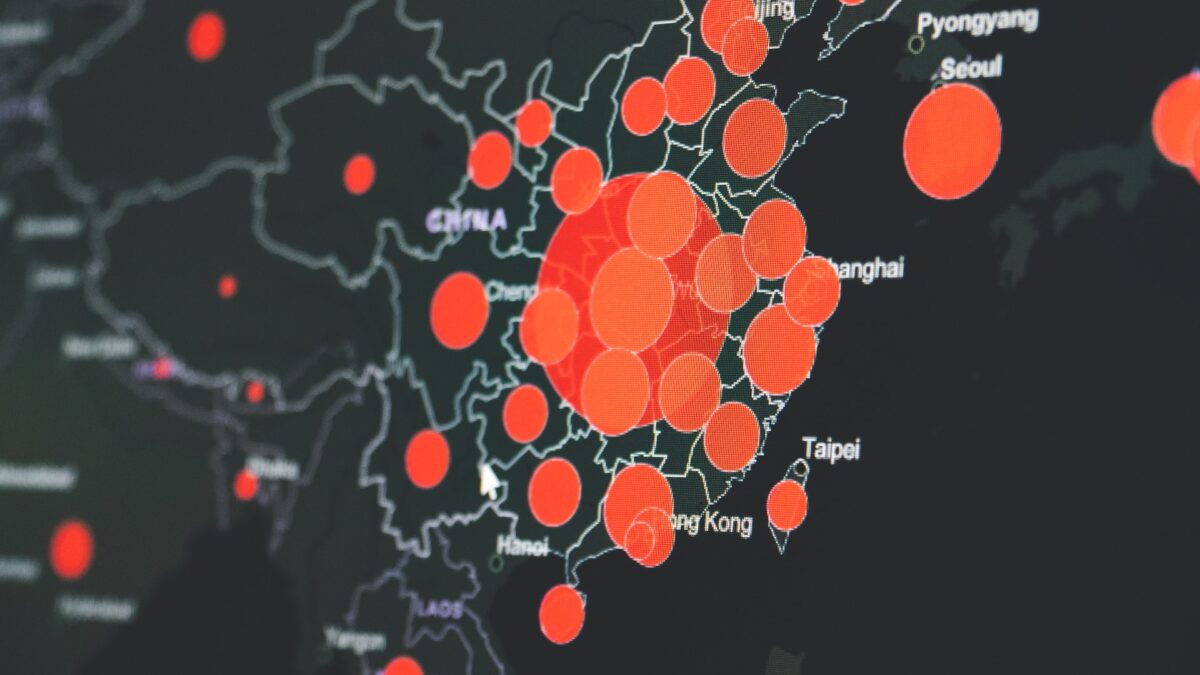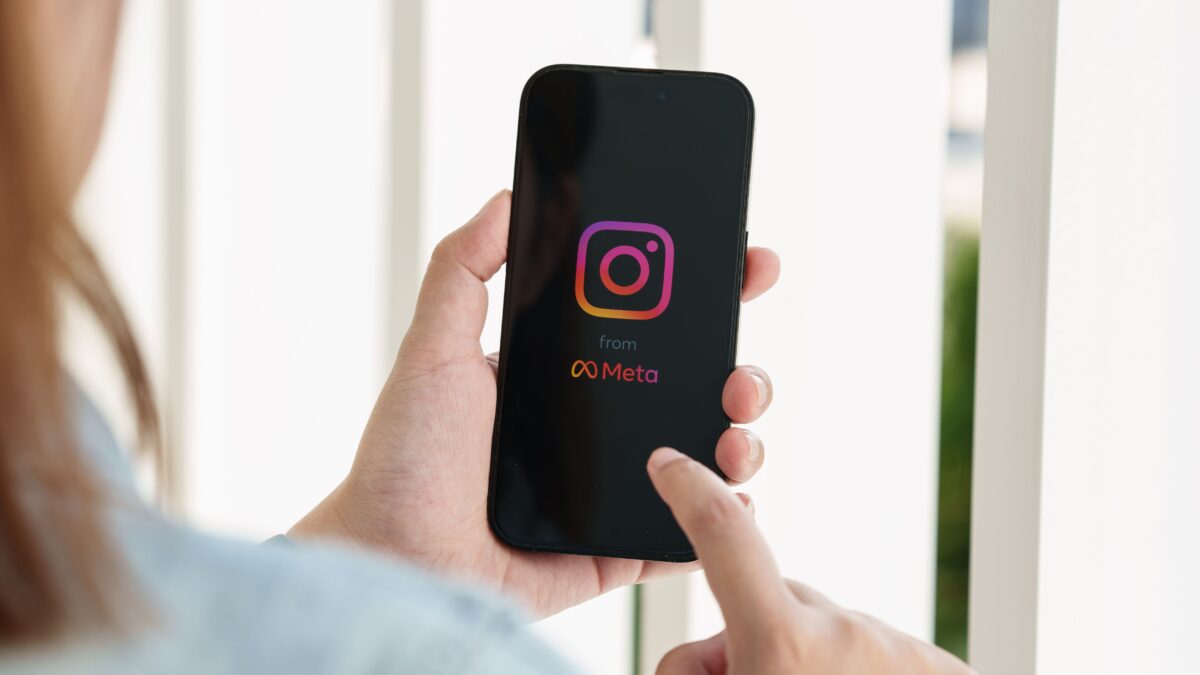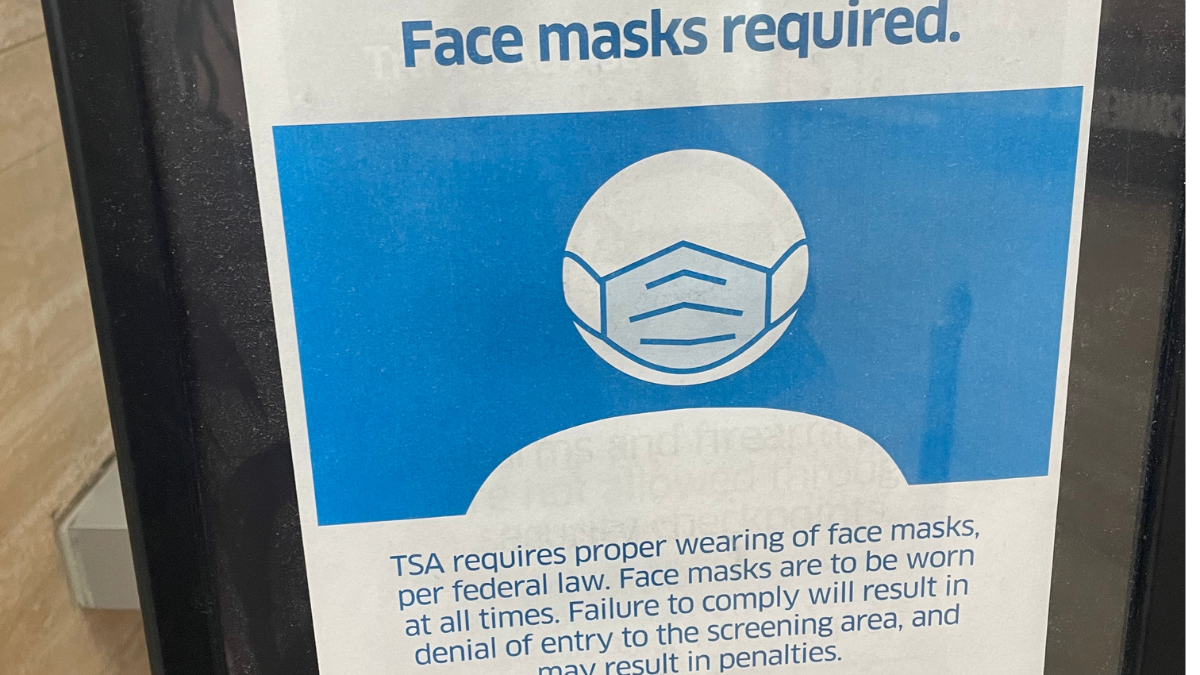The only Covid narrative that doesn’t directly aim to control people has to do with determining the origin of SARS-CoV-2. Discovering the origin of the virus should have been a top priority, but it was not. Why? Perhaps, instead of controlling people, the goal in this case was to cover for complicit behavior.
There are only two plausible competing virus origin hypotheses: “lab leak” and “wet market.” Instead of imploring scientists to work together and discover the truth, then-National Institutes of Health Director Francis Collins wrote in an email to presidential medical advisor Anthony Fauci early in the pandemic: “Wondering if there is something NIH can do to help put down this very destructive conspiracy [i.e., ‘lab leak’], with what seems to be growing momentum.”
Knowing that SARS-CoV-1 leaked from a Chinese lab on at least two occasions in the early 2000s, why would Collins and Fauci be so quick to “put down” the lab leak hypothesis?
Evidence Wuhan Lab Was Doing Risky Experiments
A 2016 publication in the premier journal PNAS entitled “SARS-like WIV1-CoV poised for human emergence” gave us more than enough evidence that risky experiments were being conducted at the Wuhan Institute of Virology. Specifically, the authors stated: “This manuscript describes efforts to extend surveillance beyond sequence analysis, constructing chimeric and full-length zoonotic coronaviruses to evaluate emergence potential” (emphasis mine).
In other words, the authors were creating novel viruses and determining how well they could infect human cells. A curious feature of SARS-CoV-2 is the presence of a furin cleavage site in its spike protein that gives it remarkable infectivity. Human cells display a specialized enzyme called “furin protease” that can cleave the SARS-CoV-2 spike protein at the furin cleavage site to facilitate efficient infection.
Surprisingly, this furin site is absent from the spike proteins of the closest known relatives of SARS-CoV-2, leading to the hypothesis that the furin site could easily have been inserted into a bat virus to create a “chimeric coronavirus” (i.e., SARS-CoV-2). The importance of furin protease cleavage was well known to the PNAS researchers, as evidenced by their statement: “Differences in these regions of spike may yield increased protease targeting, enhanced spike cleavage, and/or expanded tropism leading to more robust infection for the epidemic SARS strains” (emphasis mine).
It was not until around May 2021 that enough scientists called out the politicization surrounding the origin of SARS-CoV-2 that Fauci (and shortly thereafter his megaphones, including Facebook) decided it was permissible to discuss the possibility of a lab leak. Perhaps this explains why, after an astonishing full year of unexplained rejections and delays by journal editors (in a time of Covid-19, when an avalanche of pandemic-related manuscripts was rushed to print in record time), research from Nikolai Petrovsky’s lab showing that the earliest strains of SARS-CoV-2 were extraordinarily human-adapted was not accepted for publication until June 2021.
Prior to this hard-earned progress toward more open discussion, media outlets like CNN blared headlines equating “lab leak” to “something out of a comic book.” With much of our attention now diluted by other concerns, once again a group of researchers led by Michael Worobey of the University of Arizona published a paper in February that attempted to take us back to 2020 and declare the “lab leak” dead.
There’s No Proof Covid Originated in a Wet Market
Notably, this paper does not report a closely related sibling of SARS-CoV-2 displaying a spike protein with a furin cleavage site. It also does not explain why the earliest SARS-CoV-2 strains defied evolutionary theory with their incredible affinity for human cells over bats and other animals. Nor does it produce a shred of evidence that an infected animal at the seafood market transmitted the virus to a person.
Still, the authors claim “dispositive evidence” in favor of the Wuhan market as the virus origin because: first, a cluster of early cases were allegedly geographically centered around the market; second, animals known to be susceptible to SARS-CoV-2 appear to have been sold at the market; and third, highly sensitive PCR testing detected evidence of the virus in various environmental samples at the market.
The samples they described were taken between January and March 2020. But by January, with initial cases in Wuhan recorded in early December, the virus had already been spreading for at least one month. By mid-January, the virus had gone international.
In fact, the joint WHO-China report states: “Transmission within the wider community in December could account for cases not associated with the Huanan market which, together with the presence of early cases not associated with that market, could suggest that the Huanan market was not the original source of the outbreak.” None of the 457 live animals sampled at the market tested positive for SARS-CoV-2, so there simply cannot be “dispositive evidence” of zoonotic spread.
Furthermore, nothing in the detailed analyses of the paper’s authors eliminates the possibility that an infected person walked into the market and spread the virus. In fact, the few locations where live viruses were detected at the market are “likely to reflect contamination from cases” according to the WHO-China report. In other words, an infected person most likely deposited virus in these locations (i.e., walls, floors, etc.).
The authors of the study that reported the virus sampling referenced by Worobey et al. came to a different conclusion than Worobey et al. did: “Thus, the market might have acted as an amplifier due to the high number of visitors every day, causing many initially identified infection clusters in the early stage of the outbreak.” According to these scientists, the market was likely a super-spreader event, not the origin of the pandemic.
What Other Data Is China Covering Up?
Curiously, 13 SARS-CoV-2 genomic RNA sequences from the earliest stages of the pandemic were inexplicably deleted from an NIH database at the request of Chinese researchers. Thankfully, the sequences were recovered from the Google Cloud and analyzed by Jesse Bloom.
Adding to the intrigue, Bloom’s findings suggest that because Worobey et al. failed to include these deleted data in their study, their findings probably present an incomplete picture of the circulating viruses in Wuhan early in the pandemic. It’s further intriguing that one of the Worobey et al. co-authors apparently attempted to pressure Bloom to retract his publication. Bloom’s work should have us all wondering: What other vital data did Chinese researchers delete?
There are nearly 40,000 wet markets in China; what are the odds that this particular market (that happens to be near a virology lab making “chimeric coronaviruses”) was the origin of this coronavirus pandemic? Setting that aside and looking at the totality of the data, both “lab leak” and “market” virus origin hypotheses are still very much in play, as neither side has yet to present “dispositive evidence” on the origin of SARS-CoV-2.
Still, politicized headlines from major news outlets continue to exclaim their wishful thinking: “Trump’s favorite COVID origin theory of a Wuhan lab leak just got crushed by new research,” as Fortune headlined.
Why Chinese and U.S. Elites Want to Hide the Truth
Either way, whether lab or market origin, anyone trying to cover for China apparently must be reminded that both scenarios are humiliating for the Chinese government. Both represent extremely careless and unhygienic behavior, especially considering that wet markets are places where endangered animals like pangolins are slaughtered for completely unscientific medicines.
The difference, of course, is that the lab scenario also implicates powerful interests in the United States. Thus, it’s not difficult to understand why stifling the lab leak would be important to those in power.
Covid caused those in power to react to events that they had little to no influence over with narratives designed to give the illusion of taking control of the situation. What makes this pandemic different are the tools available to control the narratives, namely the addition of Big Tech and their willingness to suppress debate.
Still, the truism noted by Aldous Huxley that “facts do not cease to exist because they are ignored” remains. The challenge is to ensure that people in our society are never too intimidated to offer counter-narratives or debate the edicts from those with power.









